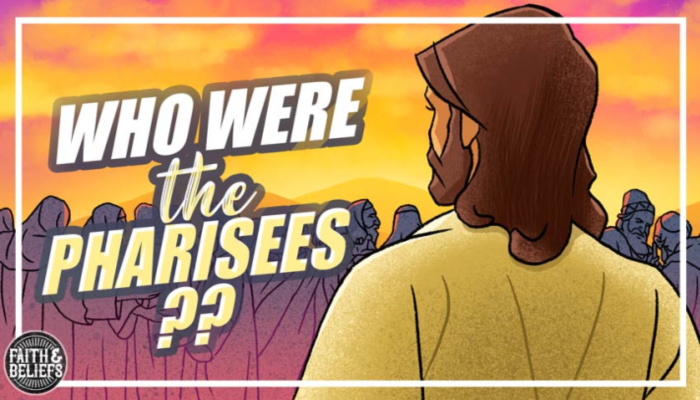
Who Were the Pharisees and Why Did They Dislike Christ?
Hey guys, so in the last video, we talked about the geography and political landscape of the Palestine area in the time of Christ. We talked about the Samaritans, Herod the Great, his successors, how the kingdom was divided — lots of great stuff that will help you make much more sense of the events happening in the Gospels, in the New Testament. But there’s still more we need to talk about. Throughout Christ’s life, he made a lot of enemies. Pharisees, Sadducees, scribes, elders, the Sanhedrin, etc. Today we’re going to take a closer look at who these people are, what they believe, why they’re important, and how they are all connected. Let’s do it!
Alright, so in Christ’s time, the Romans ultimately had power over Palestine. But Rome largely allowed the Jews to govern themselves. The Sanhedrin “ruled as a Jewish law court in matters of faith, manners, and law in which Roman interests were not directly affected.” In other words, the Sanhedrin in Jerusalem was essentially the Jewish Supreme Court. Remember, there was no separation of church and state at this time. Religious leaders were often also civil leaders. Religious laws were civil laws. The word “Sanhedrin” comes from the Greek word, Synhedrion. But in the King James Version of the Bible you won’t find it translated as “Sanhedrin”, you’ll find it translated as “council,” which makes sense because the Sanhedrin was a kind of council traditionally composed of 71 members, led by the high priest of the temple.
Now, who were the members of the Sanhedrin? The New Testament references them all over the place. For example, Matthew 26 says, “Then assembled together the chief priests, and the scribes, and the elders of the people, unto the palace of the high priest, who was called Caiaphas, And consulted that they might take Jesus by subtilty, and kill him.” Why are these people meeting with the high priest, Caiaphas? Because Caiaphas, the high priest, is the leader of the Sanhedrin. The Sanhedrin is composed of chief priests, scribes, and elders.
To read more: Faith&Beliefs









